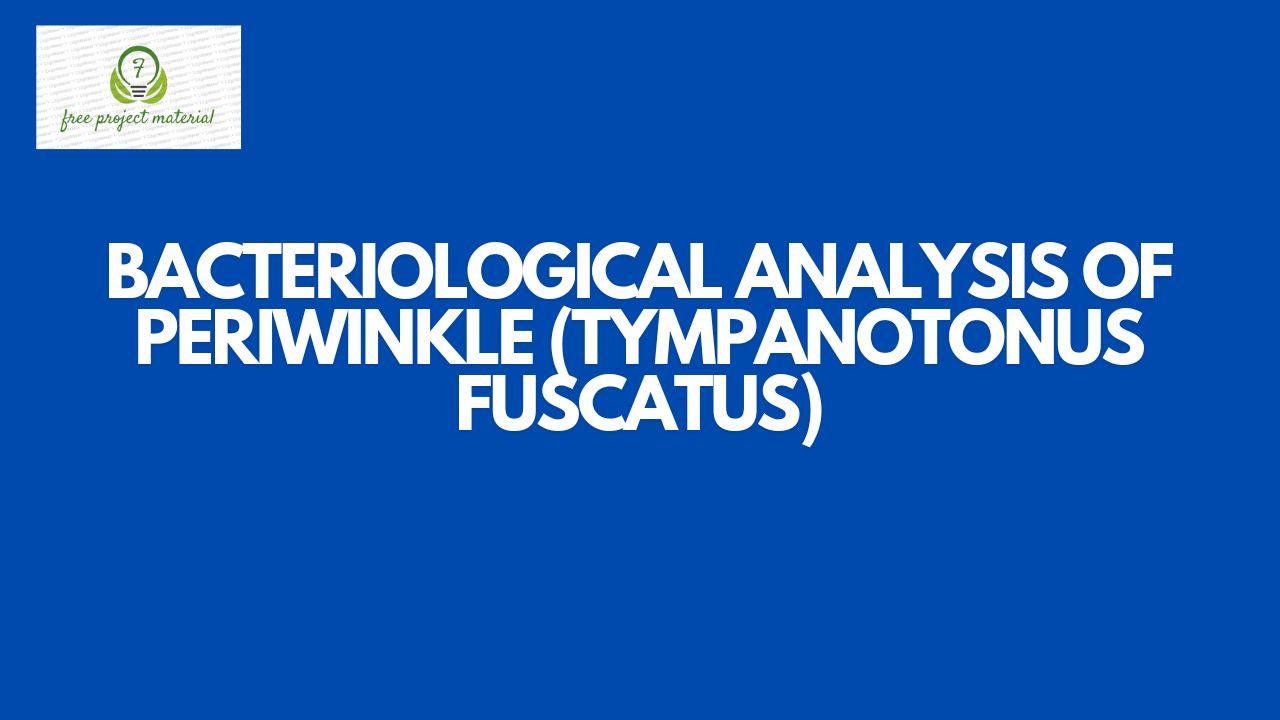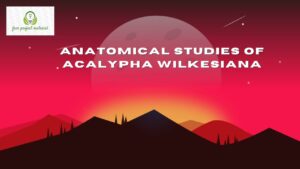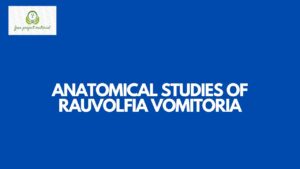ABSRACT
This study is aimed at accessing the bacterial contamination of periwinkle sold in Ikot Ekpene. Standard analytical methods were employed to access the periwinkle. The result showed that bacterial count was (6.2 x 104cfu/ml) and the least was (3.7 x 104cfu/ml) respectively and biochemical test was carried to further identify each of the bacterial isolates, Salmonella sp, had the highest frequency percentage occurrence of (20.7%), Bacillus sp (19.0%), Streptococcus sp, (17.2%), Pseudomonas sp (16.2%), Staphylococcus sp (15.1%) and the least was Micrococcus sp (11.8%). In the antibiotic sensitivity testing, it reveals that most of the antibiotic was sensitive and other was resistant. The result of the study show that periwinkle should be wash and cooked properly before consumption to avoid ingesting pathogenic organism that is capable of causing diseases to humans.
TABLE OF CONTENT
Title Page – – – – – – – – i
Certification – – – – – – – – ii
Dedication – – – – – – – – iii
Acknowledgement – – – – – – – – iv
Abstracts – – – – – – – – v
Table of Contents – – – – – – – – vi-ix
CHAPTER ONE
INTRODUCTION
1.1 Background of the study – – – – – – 1-2
1.2 Aim and Objectives of the study – – – – – 2
1.2.1 Aim of this study – – – – – – – 2
1.2.2Objectives – – – – – – – – 3
1.3Scope and Limitation of the study – – – – – 3
1.3.1 Scope of the study – – – – – – – 3
1.3.2 Limitation of the study – – – – – – 3
CHAPTER TWO
LITERATURE REVIEW
2.1 Biology of Tympanotonus fuscatus – – – – – 4
2.1.1 Morphology of Tympanotonus fuscatus – – – – 4-5
2.1.2 Feeding of Tympanotonus fuscatus – – – – 5
2.1.3 Life cycle of Tympanotonus fuscatus – – – – 5-6
2.2 Nutritional and Health of Benefits of Tympanotonus fuscatus – 6-8
2.2.1 Phospholipids – – – – – – – – 6-8
2.2.2 Omega-3 Fatty Acids – – – – – – 8-9
2.2.3 Protein, Peptide and Non-Protein Nitrogen Compounds – 9-10
2.2.4 Vitamin D – – – – – – – – 10-11
2.2.5 Minerals – – – – – – – – – 11-15
2.2.6 Taurine – – – – – – – – 13-14
2.2.7 Fiber – – – – – – – – 14-15
2.3 Risk Factors for Seafood-borne Diseases – – – – 15-17
2.4 Seafood Associated Bacterial Pathogen – – – – 18
2.4.1Vibrio sp – – – – – – – – 18-19
2.4.2 Salmonella sp – – – – – – – – 20-21
2.4.3Listeria monocytogenes – – – – – 21-23
2.4.4Staphylococcus aureus – – – – – – 23-24
2.4.5 Clostridium botulinum – – – – – – 24-25
2.4.6 Shigella sp – – – – – – – – 25
2.4.7 Aeromonas sp – – – – – – – – 26
CHAPTER THREE:MATERIALS AND METHOD
3.1 Materials – – – – – – – – 27
3.2 Methods – – – – – – – – 27
3.2.1 Sterilization of glassware and media preparation – – 27-28
3.2.2 Sample collection – – – – – – – 28
3.2.3 Sample Preparation – – – – – – – 28
3.3 Microbiological Analysis – – – – – – 29
3.3.1 Serial Dilution – – – – – – – – 29
3.3.2 Cultivation of Microorganism – – – – – 29
3.3.3 Enumeration of total bacterial count – – – – 30
3.3.4 Purification of bacterial isolates – – – – – 30
3.3.5 Characteristics and identification of bacterial isolates – 30-31
CHAPTER FOUR: RESULTS AND DISCUSSION
4.1 Results – – – – – – – – 32-36
4.2 Discussion – – – – – – – – – 37-39
CHAPTER FIVE: CONCLUSION AND RECOMMENDATIONS
5.1 Conclusion – – – – – – – – 40
5.2 Recommendations – – – – – – – – 40-41
References
CHAPTER ONE: INTRODUCTION
1.1 Background of the Study
Periwinkles are mass-consumer products (Ekanem and Otti, 2006). Which contaminants which can pose a significant health hazard constitute relatively cheap sources of animal protein in Akwa Ibom State, South East Nigeria. They are invertebrates and they belong to the phylum molluscea and class gastropodia (Bucham, 2006). The phylum mollusks is to radiate successfully into a variety of habitats, the great majority of which are aquatic, Some are found mostly in shallow waters and sometimes in inter-tidal where they burrow into the mud in the beds of river which serves as their habitat (Okon,2006). Survey on microbiological quality of shellfishes has shown shellfishes to harbor pathogenic organisms Ukpong and Utuk, 1992). These pathogenic organisms have been implicated in outbreaks of food-borne diseases in many parts of the world; these illnesses which include typhoid fever, hepatitis and similar disorders of the digestive system (Cutting and Spencer, 2006) are due to the pollution of the waters in which the shellfish grown (Hackyney et al., 2006) Since shellfishes are found in bodies of water containing untreated human and industrial waste, there is a tendency that they may concentrate and accumulate high levels of pathogen a significant health hazard to consumer (Longree et al 2006).
Considering the enormous commercial nutritional and industrial importance of periwinkle (Tympanotonus fuscatus), hence there is need to create awareness to the public on the health risks of consuming raw or inadequately cooked periwinkle as could be a channel of ingesting pathogen microorganism into the body. This study is to evaluate the bacteriological quality of the periwinkle consume in Ikot Ekpene.
1.2 Aim and Objectives of the Study
1.2.1 Aim of the Study
The aim of this study is to determine the bacteriological analysis of periwinkle sold in Ikot Ekpene
1.2.2 Objectives of the Study
The objectives of this study are;
- To determine the bacterial; contamination of periwinkle sold in Ikot Ekpene.
- To enumerate the organism identified
- To make useful recommendation base on the result of this study.
1.3 Scope and Limitation of the Study
1.3.1 Scope of the Study
The design of this research project is to investigate and analyzed the bacteriological analysis of periwinkle sold in Ikot Ekpene.
1.3.2 Limitation of the Study
This research was limited by the following factors;
- Lack of modern laboratory to carryout research project.
- The financial problem resulting from the high cost of material to carry out this research work.
- Lack of adequate facilities to carry out the experiment.



